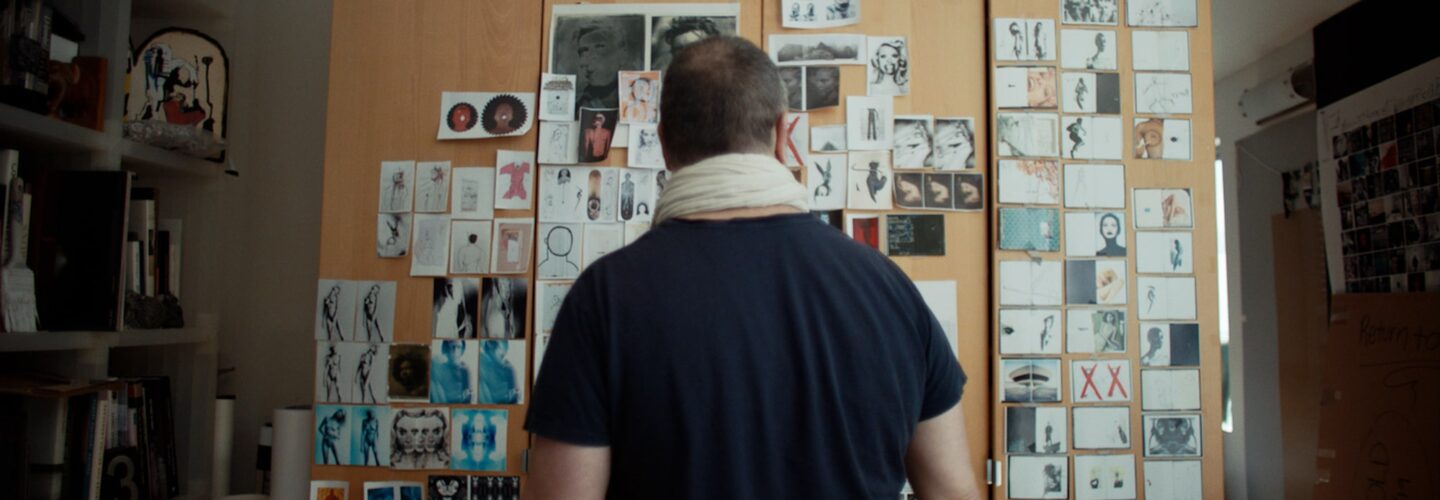
In his latest film, which was created in conjunction with the Fotografiska museums’ travelling exhibition, Aiden Ulrich documents prolific artist Frank Ockenfels and the working process which has developed his refined yet uncalibrated style. Ulrich’s documentary Frank Ockenfels III is a portrait film shot of Frank in his working environment. It sees the artists reflect upon his work and creative process alongside the work itself. Ulrich captured this footage through spending time with Frank over the course of a day and in doing so took a loose, non-intrusive methodology. The result of which is a film that symbolises Frank’s primary methodology; that the act of creation itself is as worthy of celebration as the finished product. DN queried Ulrich about how he became involved with the project, the lessons he learned from spending time with Frank, and the observational approach he took to capture his unique artistic insight.
How did the prospect of capturing a portrait of Frank come about?
This project originally came about because Frank has a retrospective show touring the different Fotografiska museums over the next few years and there was going to be a video installation piece in tandem, which is what I worked on. Brian Zabka was producing this project with Fotografiska and Nueva House, and he reached out to me because our editor Alex Morrison, who is a genius, recommended me.
I really wanted the film to be almost a fever dream inside Frank’s head, to really explore his process in an ethereal way.
So there’s an additional companion piece to the documentary that’s playing in the museum too?
There is a longer more ethereal experimental version of this film which is playing alongside the show in the museum, so if you dig this definitely check out the physical show. It’s in Stockholm right now, then it moves to New York, Tallinn, and Berlin.

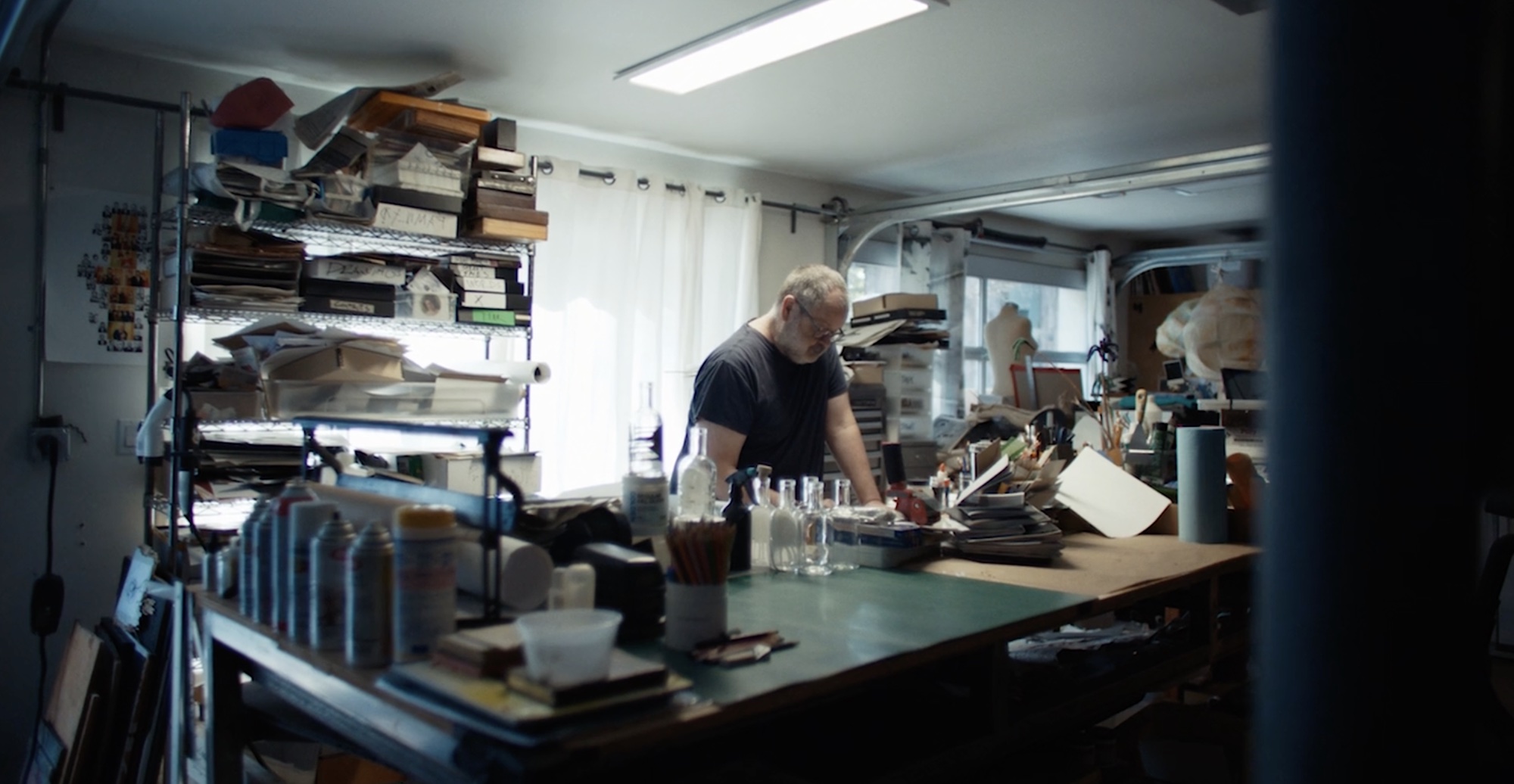
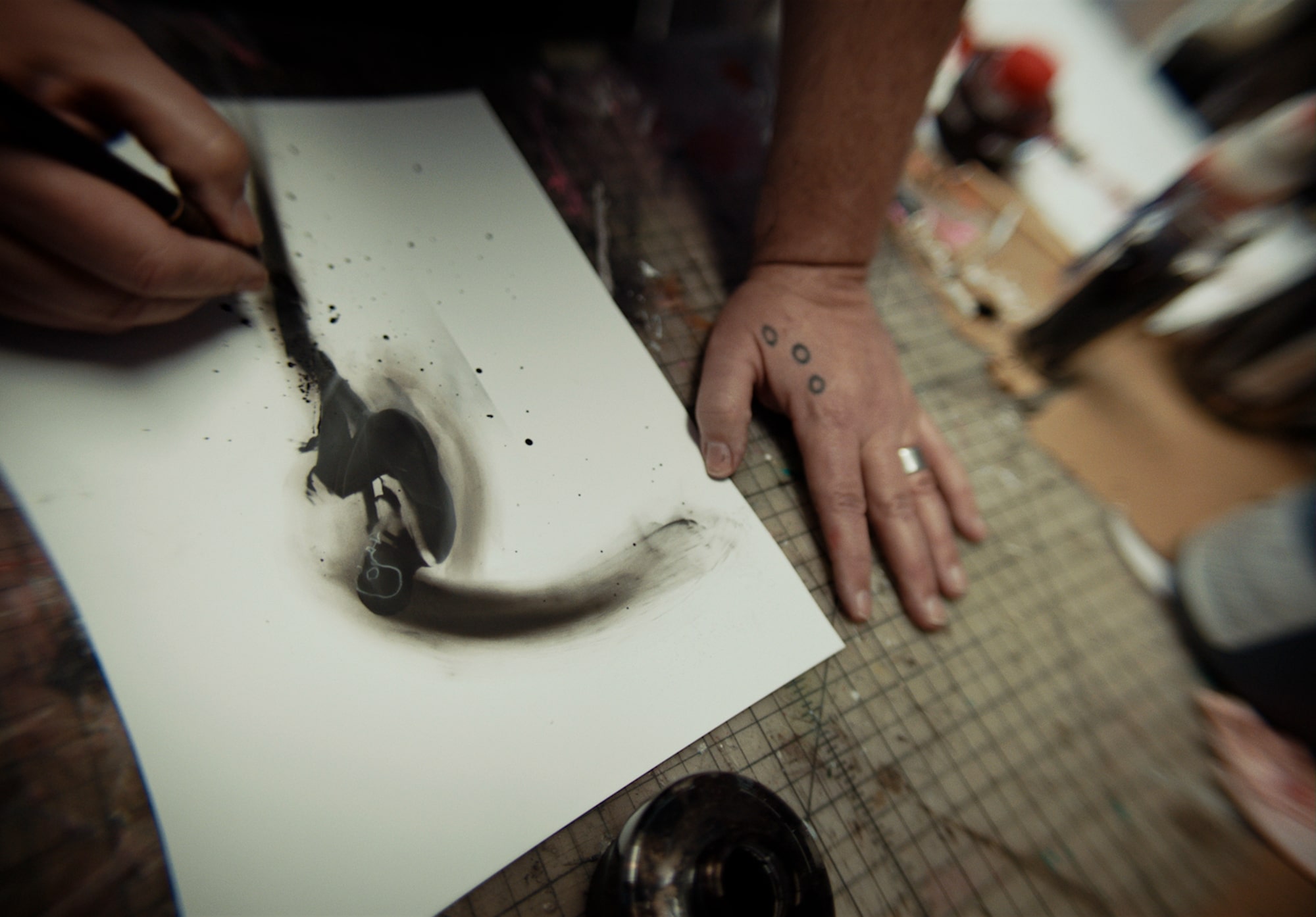
What did the beginning of documenting Frank look like, how did you set out to learn and encapsulate who he is and what he does?
I tried to realize this film by consuming as many of Franks stills as I could. He’s such a prolific artist, with an insanely expansive career, it was a bit daunting honestly. I was excited by the challenge of dissecting his photographic style and translating it to the moving image. Frank’s work is so visceral and the subjects he shoots are larger than life. I really wanted the film to be almost a fever dream inside Frank’s head, to really explore his process in an ethereal way. And what better way to do that than just sharing space with him while he creates? I didn’t shotlist anything, I just wanted to watch a master at work and observe. He was nice enough to let me into his home and studio while he shot and physically marked images. We really just spent a day hanging out at his spot and shooting the shit.
What did you come to realise about his artistic methods after spending that prolonged time together with him?
One of the things Frank said while we were there which really stood out to me was how he wasn’t precious with his creative process. Creating just for the act of doing so, it not being a means to an end. The process and physical act of creation itself, instead of the end product is what was important. It really resonated with me, as I’ve always felt that way about film. As much as I like to see a final cut, what matters to me is the actual process of making a film. That’s where we spend the majority of our lives, and sharing those experiences with friends and collaborators, and growing as a person means more to me than anything.


What kit did you use when you were capturing Frank’s process in person?
We shot on an Alexa Mini LF – Open gate, with a Canon T0.95 “Dream Lens” rehoused by TLS, Canon FD Primes rehoused by GL, and a Laowa Probe lens. Frank shoots a lot of Large Format stills, so I wanted to nod to his medium as well. I immediately knew I wanted to shoot this project on Large Format Digital, the ARRI Alexa Mini LF is my favorite camera. We used my personal Mini LF for this project. I love how intimate the footage and lensing can be with the LF, especially paired with wider focal lengths which I tend to mainly shoot.
I didn’t shotlist anything, I just wanted to watch a master at work and observe.
Given the freeform nature of how you captured Frank how did you find the assemblage in the edit?
As far as the edit goes, I really tried to give Alex the space to be an artist and bring his own flavor to the project. I fully trusted him. We had a good idea of the narrative after dissecting the day and going through the different set ups, but I really just wanted Alex to cook. He’s such a wildly talented and in tune editor, I’ve been such a fan of his work for a while now, and felt super lucky he was down to work on this.
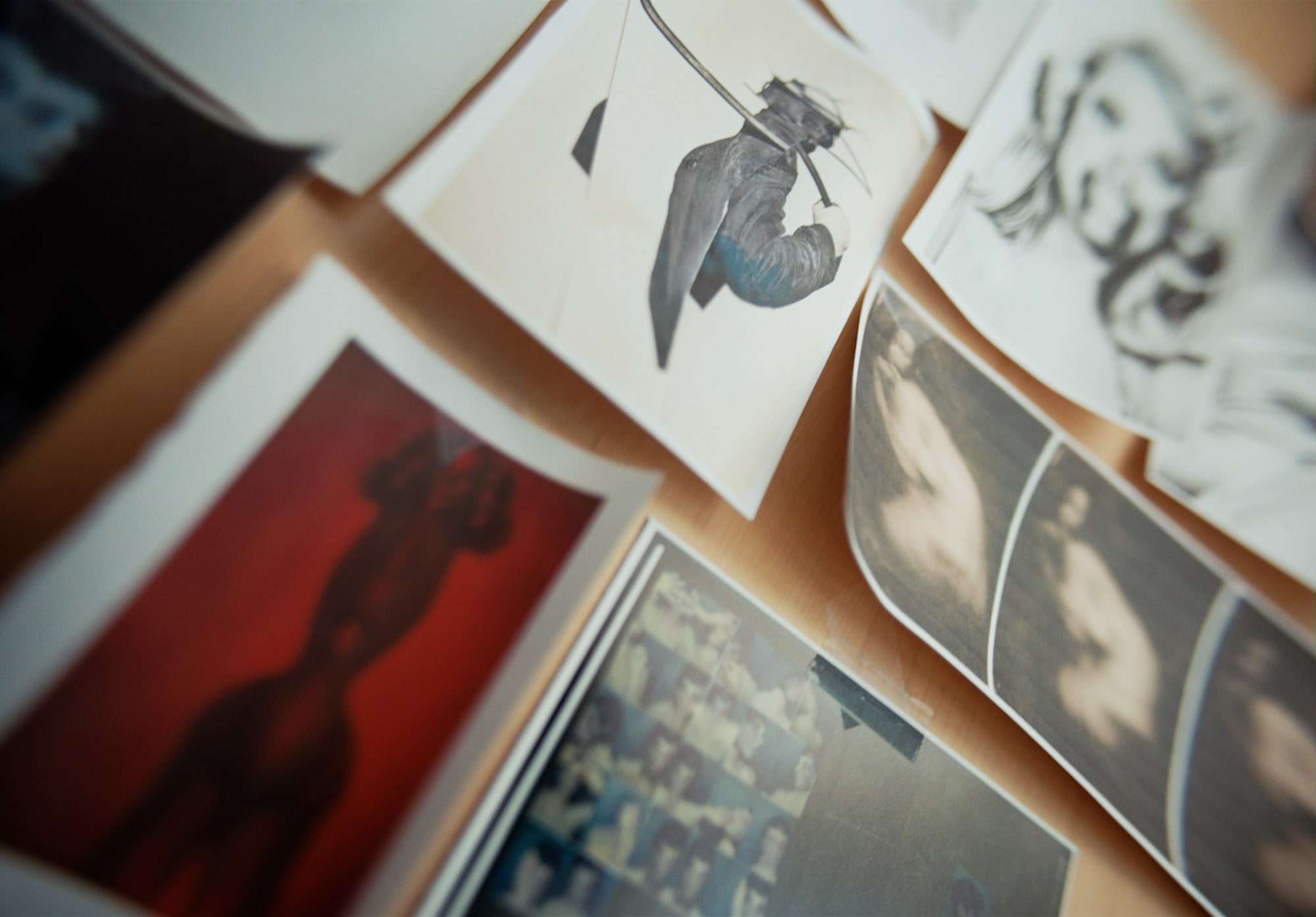

I’m curious to know about your decision to shoot in a 1:4 aspect ratio, was there anything in particular that inspired that decision?
I chose to shoot in the 1:4 aspect ratio because I felt it was more emblematic of the negative sizes and Polaroids Frank uses with his work. We also shot Open Gate on the Alexa Mini LF which is “3:2” (even though it’s actually 1.4:1), and I like to stay true to the capture format.

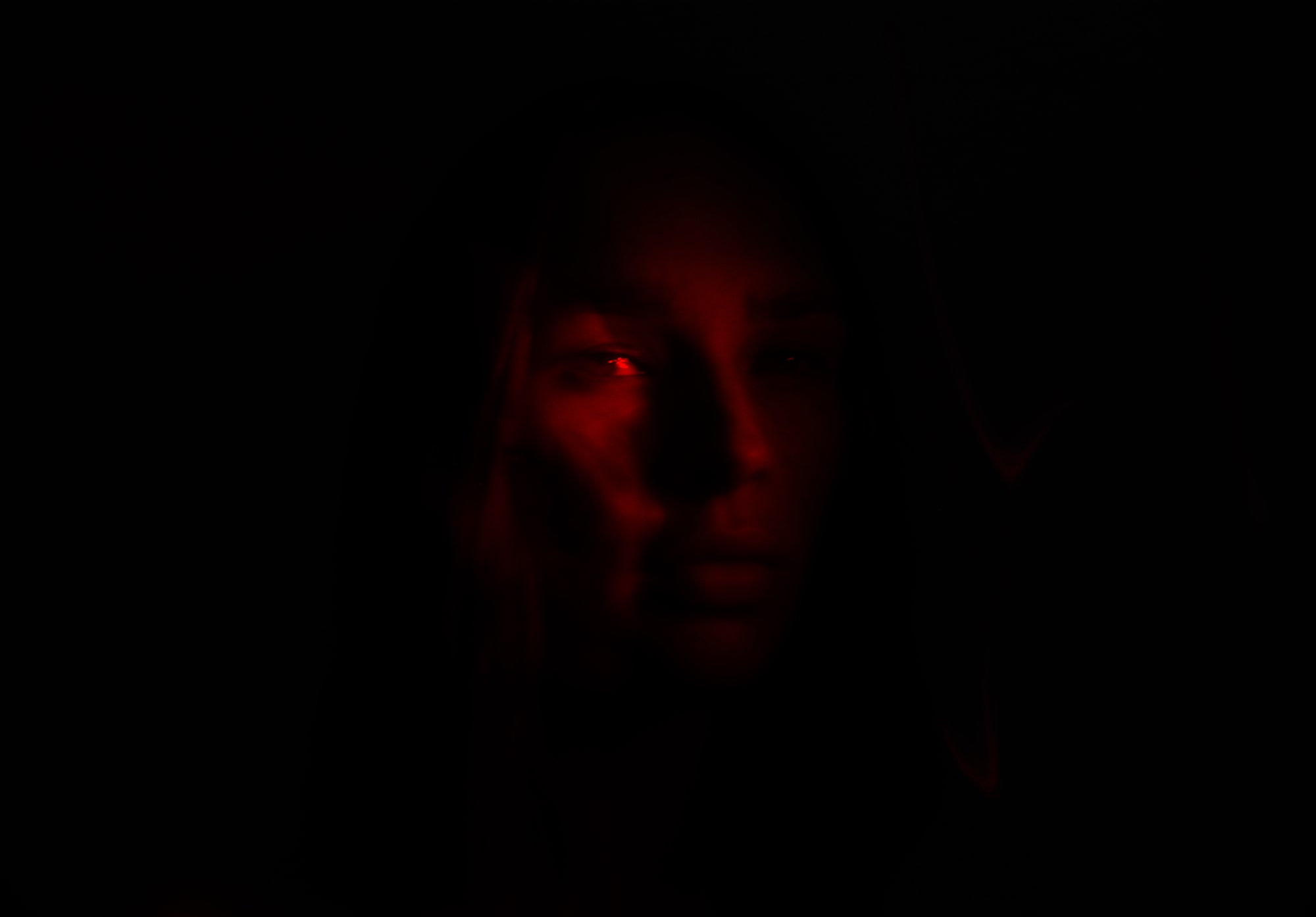
What can you tell us about any upcoming projects you’re working on presently?
I’m not quite sure what’s next, lately it’s been a lot of fashion work which I’ve been loving. I really want to move into longer format work. I’m so fired up on commercial work as of late, but I really want to live in the same world for an extended period of time and just give everything I have to one project for months, so hopefully a feature soon. Got a couple irons in the fire so hopefully one pans out soon.

